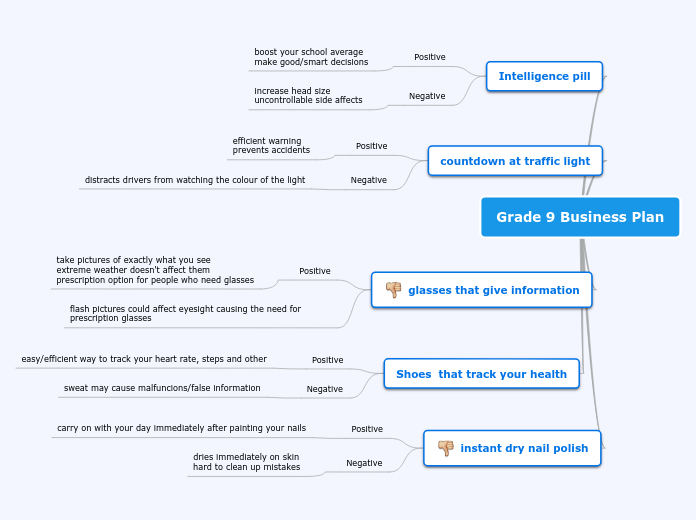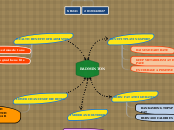Bon appetit
Eating good food, especially with family and friends, is one of the pleasures of life. We all know that people who eat healthy, balanced diets are likely to have:
- plenty of energy to work and enjoy themselves;
- fewer infections and other illnesses.
Children who eat well usually grow well. Women who eat well are likely to produce healthy babies. That is why it is important to know which combinations of foods make good meals and what the different food needs of different members of the family are.
Nutrients
Nutrients are compounds in foods essential to life and health, providing us with energy, the building blocks for repair and growth and substances necessary to regulate chemical processes.
Nutrients are substances that provide:
- energy for activity, growth, and all functions of the body such as breathing, digesting food, and keeping warm;
- materials for the growth and repair of the body, and for keeping the immune system healthy.
There are many different nutrients. We divide them into:
Macro (big) nutrients that we need in large amounts. These are:
- carbohydrates (starches, sugars and dietary fibre);
- fats - there are several kinds (see Box 4);
- proteins - there are hundreds of different proteins.
Micro (small) nutrients that we need in small amounts. There are many of these but the ones most likely to be lacking in the diet are:
- minerals - iron (see Box 6, page 19), iodine and zinc;
- vitamins - vitamin A, B-group vitamins (including folate) and vitamin C.
Five major nutrients
The six basic nutrients
The food pyramid
Calories
A calorie is a unit of energy. In nutrition, calories refer to the energy people get from the food and drink they consume, and the energy they use in physical activity.
Fast facts on calories
- Calories are essential for human health. The key is consuming the right amount.
- Everyone requires different amounts of energy each day, depending on age, sex, size, and activity level.
- People in the United States consume more than 11 percent of their daily calories from fast food.
- Foods high in energy but low in nutritional value provide empty calories.
What is calories?
400 calories in a tummy
Tracking calories
Water
Getting enough water every day is important for your health. Drinking water can prevent dehydration, a condition that can cause unclear thinking, result in mood change, cause your body to overheat, and lead to constipation and kidney stones.
Water helps your body:
- Keep a normal temperature
- Lubricate and cushion joints
- Protect your spinal cord and other sensitive tissues
- Get rid of wastes through urination, perspiration, and bowel movements
Your body needs more water when you are:
- In hot climates
- More physically active
- Running a fever
- Having diarrhea or vomiting
Health benefits of water
Water for health
Healthy ways to invigorate your water
Table setting
Setting a table is not as difficult as it seems. However, the more formal it gets the more confusion can easily come into play. Many of us can navigate a table setting fairly easily. Even if we are unsure of a particular utensil or cannot quite decipher which order the courses will be served in based on the setting, we can make our way through by paying attention to others. But when it comes to being in charge of setting the table, one can easily draw a blank.
The first and basic rule to get you started is: Utensils are placed in the order of use; from the outside in.
A second rule, with only a few exceptions, is: Forks go to the left of the plate, and knives and spoons go to the right. (The oyster fork is the only fork placed to the right of the setting if it will be used.)
Finally, only set the table with utensils you will use. Not serving soup? Then, no soup spoon for you.
Learning how to set the table
Basic serving
How to set a table
Methods of cooking
Cooking method is difference kinds of techniques which can be applicable for producing the different types of food dishes and it is also helped to preserve colour and get a texture. Enhance flavour and make the nutritional value.
Different cooking methods are suited to different kinds of foods. For example some meats are high in connective tissue and will be tough unless the tissue is broken down slowly by moist heat.
There are many other factors to consider when choosing cooking methods for meats, fish and vegetables such as the flavor and appearance imparted by browning, the flavor imparted by fats, and firmness or delicacy of the product. The basic cooking methods are explained in detail.
How we can cook
Healthy Cooking
Cooking
Cooking - the practice or skill of preparing food by combining, mixing, and heating ingredients.
5 Cooking Secrets:
- SALT. Whatever you do, don’t be afraid to use salt.
- HEAT / OIL. Heat is a critical part of cooking, and for the best results, make sure that the oil is hot when you add ingredients to saute, stir-fry, or fry.
- LIQUID. Sometimes when you’re cooking, your pan might dry up. This is okay! Adding a few drops of water, broth / stock, or wine will add flavor and prevent burning.
- TASTE. You’ll never experience a bland dish if you learn to trust your taste.
- ACID. Finish your dishes with a bit of acid to really bring out all the flavors.
Kitchen untensils
Cooking Lessons
Cooking verbs









